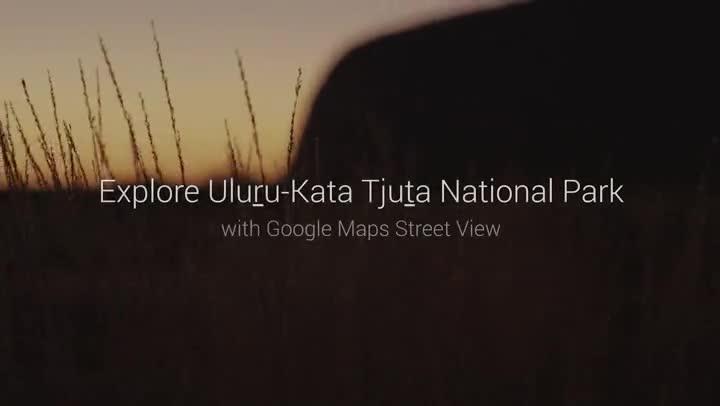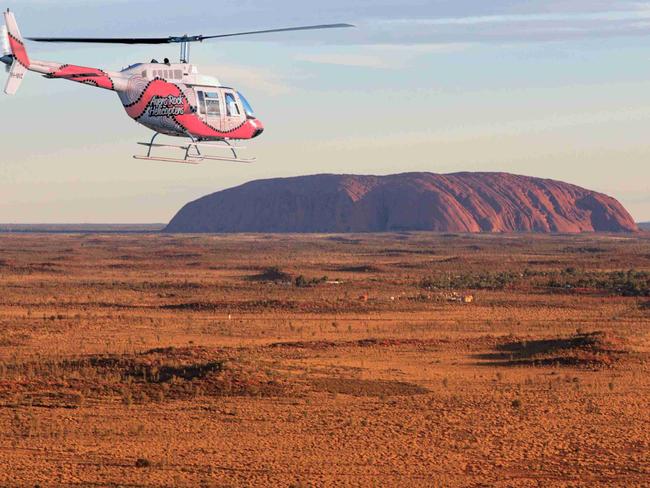Uluru Statement from the Heart: All Aboriginal people need access to education, employment and a safe living environments
MANY are expressing outrage at Malcolm Turnbull’s decision to rule out an “indigenous voice to Parliament” as demanded in the Uluru Statement from the Heart. But this outrage ignores the fact that indigenous people already have their own voices.

Northern Territory
Don't miss out on the headlines from Northern Territory. Followed categories will be added to My News.
MANY are expressing outrage at Malcolm Turnbull’s decision to rule out an “indigenous voice to Parliament” as demanded in the Uluru Statement from the Heart.
But this outrage ignores the fact that indigenous people already have their own voices. There is no one single “indigenous voice”.
And as for a statement from the heart, consider this one — all Aboriginal people need access to quality education, real employment opportunities and a safe living environments.
Could there be a more important, more heartfelt, plea?
Because it gets to the heart of what “closing the gap” needs to be about: the “within gap”, which no one speaks about, rather than the “between gap”, which consumes our attention.
This “within gap” represents the chasm between those Aboriginal people who are able to enjoy work and housing and the fruits of prosperity and those who are living in truly shocking conditions.

Those Aboriginal people who are most disadvantaged must have access to the same opportunities as their more advantaged cousins, who often live in locations with all the mod cons that most of us are accustomed to.
The most disadvantaged Aboriginal people very often live in locations where opportunities for education and jobs are limited. When these opportunities are absent, self-respect is very often lacking. And a lack of self-respect erodes mental health, which leads to a lack of respect for others, which results in disharmony, violence, child abuse and crime.
Currently Aboriginal children in some remote communities watch their parents collect pensions and play cards.
They often witness violence on a regular basis. They do not see working adults as being normal. And if there are no jobs, then they may well reason that it is not worth going to school. And let’s not forget that these are Australian children.
The need for employment opportunities is paramount. The most recent Closing The Gap report lays out the problem: “Only 35.1 per cent of all indigenous people of workforce age (15-64 years) in very remote areas were employed compared with 57.5 per cent of those living in the major cities.”
The statistics describing those Aboriginal people who suffer most are real but, as Stan Grant tells us, “statistics need not be destiny”.
There has been some progress in changing the destiny for a few who have been disadvantaged, but if there is to be real change we must focus primarily on those Aboriginal people who are the most disadvantaged and most vulnerable. They must be aligned with employment opportunities.
If they live in areas where there are limited opportunities for employment, then relocation needs to be considered.
This is never a popular consideration, and too few leaders like to make unpopular decisions. It is here that government must play an active role.
Instead of discussing employment and location, more attention is given to distractions such as a treaty, sovereignty, Australia Day protests and baseless allegations of racism.
But we know what needs to be done — ensure that those Aboriginal people who are most disadvantaged have the same access to employment opportunities as those Aboriginal people who are most advantaged. Now is the time to address this.
If we don’t, the next Closing The Gap report will be like the last one, and the one before that, and the one before that.
► Anthony Dillon is a postdoctoral fellow at the Institute for Positive Psychology and Education at the Australian Catholic University and identifies as part-Aboriginal.
Originally published as Uluru Statement from the Heart: All Aboriginal people need access to education, employment and a safe living environments


